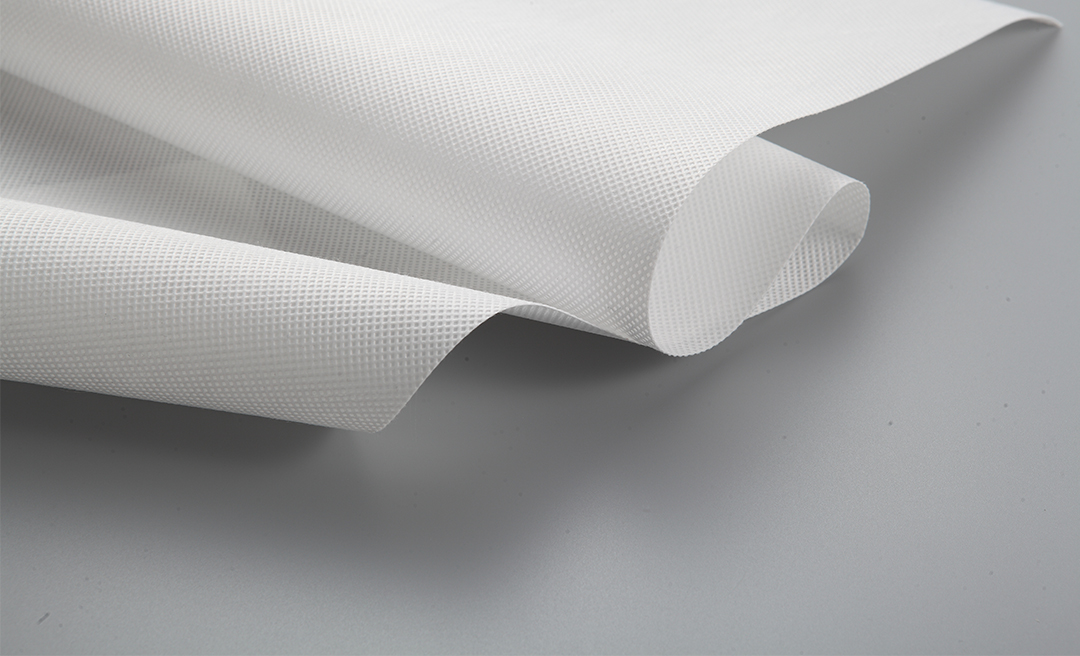In our search for sustainable materials, PLA spunbond fabrics have emerged as a promising alternative. PLA, or polylactic acid, is a biodegradable, renewable polymer made from renewable resources such as corn starch or sugar cane. Due to its environmentally friendly properties and versatility, it has gained widespread attention as a viable alternative to traditional petroleum-based materials.

PLA spunbond fabric is produced through a process called melt spinning, in which PLA polymer is melted and then extruded through a spinneret to form continuous filaments. These filaments are laid in a random pattern, creating a fabric with excellent tensile strength and durability. It is commonly used to make non-woven fabrics and is used in various industries such as agriculture, hygiene products and packaging.
One of the main advantages of PLA spunbond fabric is its biodegradability. Unlike synthetic materials like polyester or nylon, PLA fabric breaks down naturally in the environment without leaving harmful residue. This makes it an attractive option for industries looking to reduce their environmental impact and move towards more sustainable practices.
In addition, PLA spunbond fabric has excellent breathability and moisture-wicking properties, making it suitable for applications requiring comfort and absorbency. It is also known for its hypoallergenic properties, making it a safe choice for applications such as medical textiles and baby products.
PLA fabric also has good thermal stability and can withstand high temperatures without losing its structural integrity. This property makes it suitable for applications requiring heat resistance, such as protective clothing or filters.
Considering its sustainability and versatility, PLA spunbond fabrics have the potential to revolutionize various industries. Its environmentally friendly properties combined with its functional properties make it an attractive option for manufacturers and consumers. As the demand for sustainable alternatives continues to grow, PLA spunbond fabrics could play a vital role in changing the way we think about textile materials.
In summary, PLA spunbond fabric is a sustainable alternative that offers numerous advantages over traditional petroleum-based materials. Its biodegradability, breathability and thermal stability make it a versatile choice for various industries. As we strive to create a more sustainable future, PLA fabrics have the potential to revolutionize the market and pave the way for greener solutions.
Post time: Oct-16-2023
